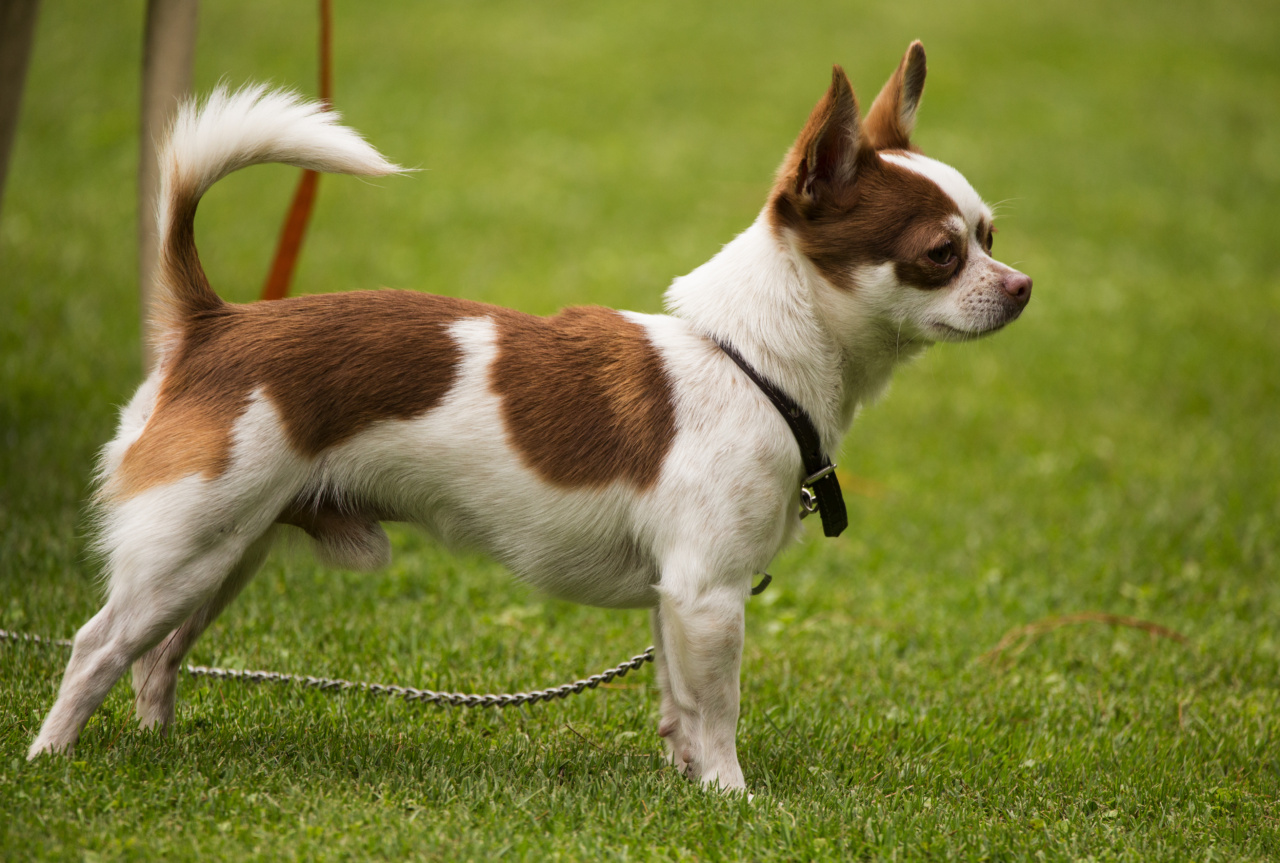Tail-chasing is an amusing behavior that has been observed in dogs throughout history. It is undoubtedly adorable and entertaining for pet owners but can also be indicative of underlying issues that require attention.
The following are seven potential reasons why dogs may chase their tails:.
1. Playfulness
Some dogs might chase their tails due to playfulness. Puppies, in particular, chase their tails as a form of entertainment. They see their tails as a moving object to play with, and chasing it down is a fun game.
Adult dogs who are still playful might continue this behavior because it’s something that brings them joy.
2. Boredom or anxiety
Dogs that are feeling bored or anxious may start chasing their tails to relieve the boredom or distract themselves from their worries. They might repeat this action to achieve a sense of satisfaction or escape from a potentially stressful environment.
Owners can tackle this behavior by providing activities for their dogs to engage in and providing daily exercise regimes such as walks or runs.
3. Medical Conditions
Sometimes, dogs may chase their tails because they are experiencing physical discomfort. Allergies can cause itchiness, which can lead to excessive biting or licking parts of their bodies such as tails.
Additionally, anal gland issues may cause dogs to spin or chase their tails while attempting to relieve an itch on their bum. Any physical explanation should be diagnosed by a qualified veterinarian to ensure the dog receives any necessary treatment.
4. Genetics
Some dog breeds, such as Bull Terriers, are genetically predisposed to tail chasing behaviors. In these cases, obsessive tail-chasing behaviors can occur, and it would require the assistance of a professional dog trainer.
These specialists can help to modify the behavior and mitigate any harm.
5. Attention-seeking behaviors
Dogs that enjoy attention may chase their tail to receive more attention from their owners. Even negative attention, such as scolding and shouting, may be satisfying for a dog prone to these behaviors.
Owners should reaffirm to their pets with positive reinforcement when they act appropriately and discourage them from doing it when they are acting out.
6. Inadequate training
Early training can play a crucial role in tail-chasing behavior. When dogs are poorly trained, they may seek ways to entertain themselves.
Owners who instill proper behavior through positive reinforcement will achieve better results compared to those who tolerate reckless behavior or inconsistencies. Training methods can include clicker training, using positive verbal affirmations, and encouraging appropriate alternatives.
7. Compulsive Disorder
Dogs that chase their tails repeatedly might have developed an obsessive-compulsive disorder. This behavior requires the attention of a certified veterinarian to recommend viable treatments, such as medication, behavioral modification, or both.
Conclusion
Tail-chasing behavior in dogs can arise from various factors, indicating the need for pet owners to address this behavior fully.
Early training, exercise routines, and creating mental stimulation for your dog are essential aspects that can help mitigate any potential undesirable tail-chasing behavior. However, If your dog’s tail-chasing habit persists or appears obsessive, seek the advice of a certified veterinarian who can determine the underlying cause and prescribe viable treatments to keep your pet healthy and happy.































